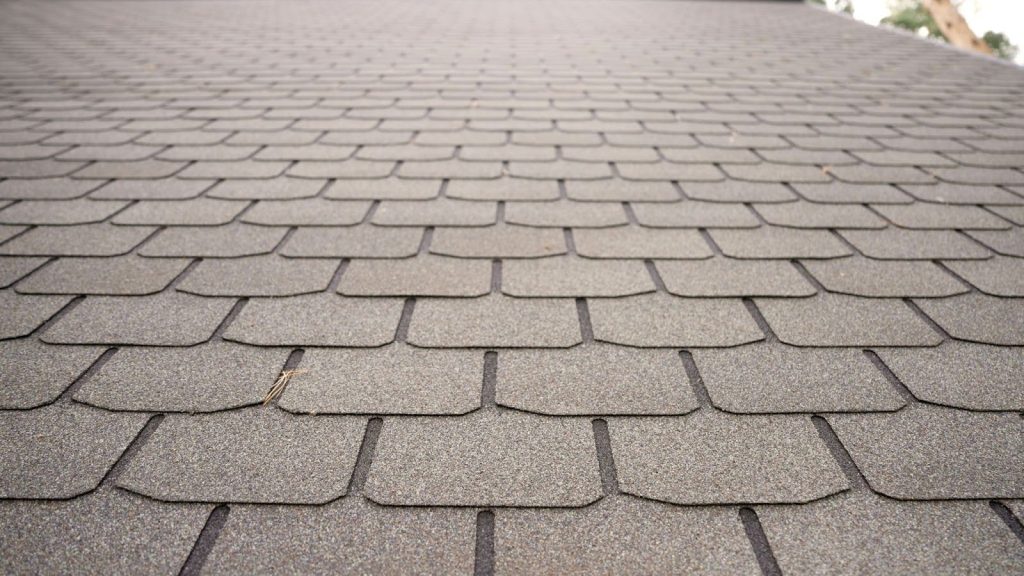When it comes to roofing decisions, homeowners often focus on durability, cost, and materials. However, one aspect that frequently gets overlooked is the color of roof shingles. This seemingly simple choice raises questions about its potential impact on various aspects of your home. Does roof shingle color matter?
As we explore this topic, we’ll examine how shingle color might relate to your home’s appearance, comfort, and even its market appeal. We’ll dive into the science behind color and heat, as well as the potential psychological effects of different hues on perception.
This discussion will cover various factors that come into play when selecting shingle colors. From environmental considerations to neighborhood aesthetics, there’s more to ponder than you might initially think. Let’s dive in!

Does Roof Shingle Color Matter?
The color of your roof shingles is more important than you might think. It affects your house’s appearance and energy efficiency and how well it deals with temperature changes. Let’s explore why shingle color matters and how it can impact your home in different ways.
Impact on energy efficiency
The color of your roof shingles can have a big effect on your home’s energy use. Light-colored shingles reflect more sunlight, which helps keep your house cooler in hot weather. This is because they bounce the sun’s heat away instead of absorbing it.
On the other hand, dark shingles absorb more heat, which can be good in colder climates but might increase your cooling costs in summer.
In hot summers, dark shingles can make your air conditioning work harder. They soak up the sun’s heat and transfer it to your attic and the rest of your house. This means your AC has to run more to keep things cool, which can lead to higher energy bills. However, in winter, these dark shingles might help a bit by warming your home with the sun’s heat. But this benefit is usually small compared to the extra cooling costs in summer.
Effect on curb appeal
The color of your roof plays a big role in how your house looks from the outside. It should match your home’s style and color to make everything look good together. Choosing the right color can make your house more attractive and even increase its value.
Different shingle colors can create interesting effects on your roof. Some colors can make your roof look bigger or smaller, while others can add depth to your home’s appearance. This can help your house stand out in a good way.
If you’re thinking about selling your home in the future, neutral colors are often a safe choice because they appeal to more buyers. Bold colors might limit who’s interested in your house, but they can also make it more memorable.
Longevity and maintenance considerations
The color of your shingles can affect your roof cleaning and maintaining interval. Light-colored shingles show dirt more easily, while dark shingles are better at hiding stains. This means you might need to clean a light-colored roof more often to keep it looking nice.
In areas with lots of moisture, some colors might show algae or moss growth more clearly, especially true for lighter colors. If this is a problem where you live, you can get special shingles that resist algae growth.
All shingles fade over time because of the sun, but darker colors might fade more noticeably. Some manufacturers offer shingles that resist fading, but these might be a costly option. However, choosing the right color and type can significantly impact the longevity and appearance of your roof.
Regional climate considerations
The place where you live can influence what color shingles work best. In hot areas, light colors are often chosen because they reflect more sunlight and help keep houses cooler. This can lead to lower air conditioning costs. White or light gray shingles are common in these warm regions.
For colder climates, darker shingles are a preferable option. They absorb more heat from the sun, which can help melt snow and ice on roofs. This absorption may contribute to the overall house heating. That’s why dark browns and blacks are popular in colder areas.
Some regions have specific color trends that balance both climate needs and style preferences. For example, you might see a lot of terra cotta colors in the Southwest or slate grays in the Northeast. Consider popular local shingle colors for both visual appeal and practicality reasons.
Does Roof Color Matter?
Roof color significantly impacts insulation, energy efficiency, functionality, and aesthetics. As mentioned above, dark roofs absorb heat, making homes warmer in summer and increasing air conditioning costs. In contrast, light roofs reflect sunlight, keeping homes cooler and lowering energy bills. In winter, dark roofs can provide minimal heating benefits in cold climates, while light roofs are preferable in hot areas.
Roof color also affects indoor comfort, durability, and moisture management. Dark roofs tend to show wear more quickly and can contribute to ice dam formation. Conversely, light roofs may dry more slowly after rain.
Aesthetically, roof color should complement your home’s style. It affects curb appeal and potential resale value. Neutral colors generally appeal to a broader buyer base.

Conclusion
In conclusion, the color of your roof shingles significantly influences your home’s performance and appearance. From energy efficiency to curb appeal, maintenance needs to regional suitability, shingle color impacts various aspects of your home.
Light-colored shingles generally offer better cooling benefits in hot climates, while darker shingles may provide slight heating advantages in colder regions. So, does roof shingle color matter? The answer is a resounding yes.
Ultimately, the right shingle color balances practical considerations with personal taste, enhancing both the functionality and visual appeal of your home. By making an informed decision, you can ensure your roof not only protects your home but also contributes to its efficiency and beauty for years to come.
